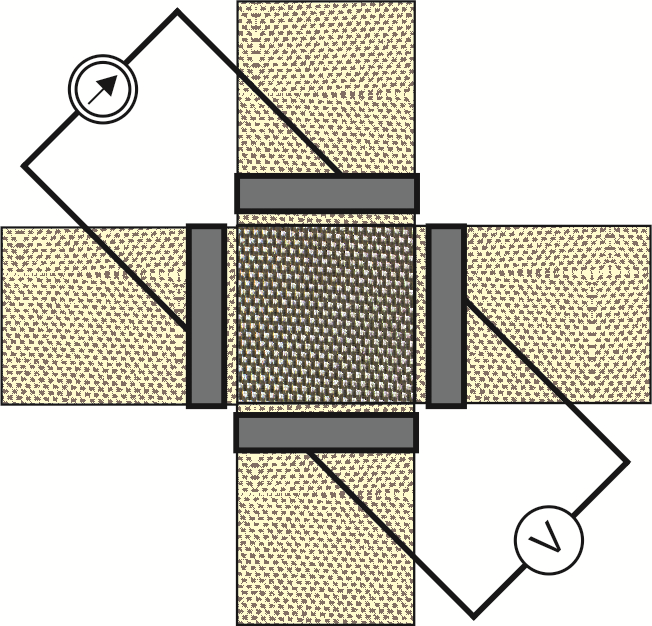Modeling of electro-conductive properties of woven structure based on mixing model
DOI:
https://doi.org/10.25367/cdatp.2020.1.p12-19Keywords:
woven structure, electrical conductivity, composite, mixing model, generalized Archie’s law, connectivity, connectednessAbstract
The main purpose of the research is to model the electro-conductive properties of the woven structure based on the mixing model. The generalized Archie's law for analysis of the woven structure and its conductivity was chosen. Electro-conductive components of woven structure i.e. strips and contacts of strips were treated as conducting phases in the structure. Based on generalized Archie’s law, the connectivity as being a measure of how the components of the whole structure are arranged, and the connectedness of a given phase as being a measure of the availability of pathways for conduction through that phase was determined for all structures. It was found that the connectivity of the strips phase is higher than the connectivity of the contacts of strips phase. It means that the strips phase (in terms of their quantity) has a greater effect on the conductivity of the woven structure than the contacts of strips phase. A decrease of the connectedness of strips and contacts of strips phases (in terms of their quality) can be obtained by adding another component to the woven structure which will reduce the conductivity of the structure.

Downloads
Published
How to Cite
Issue
Section
License
Copyright (c) 2020 Magdalena Tokarska

This work is licensed under a Creative Commons Attribution-NonCommercial-NoDerivatives 4.0 International License.





